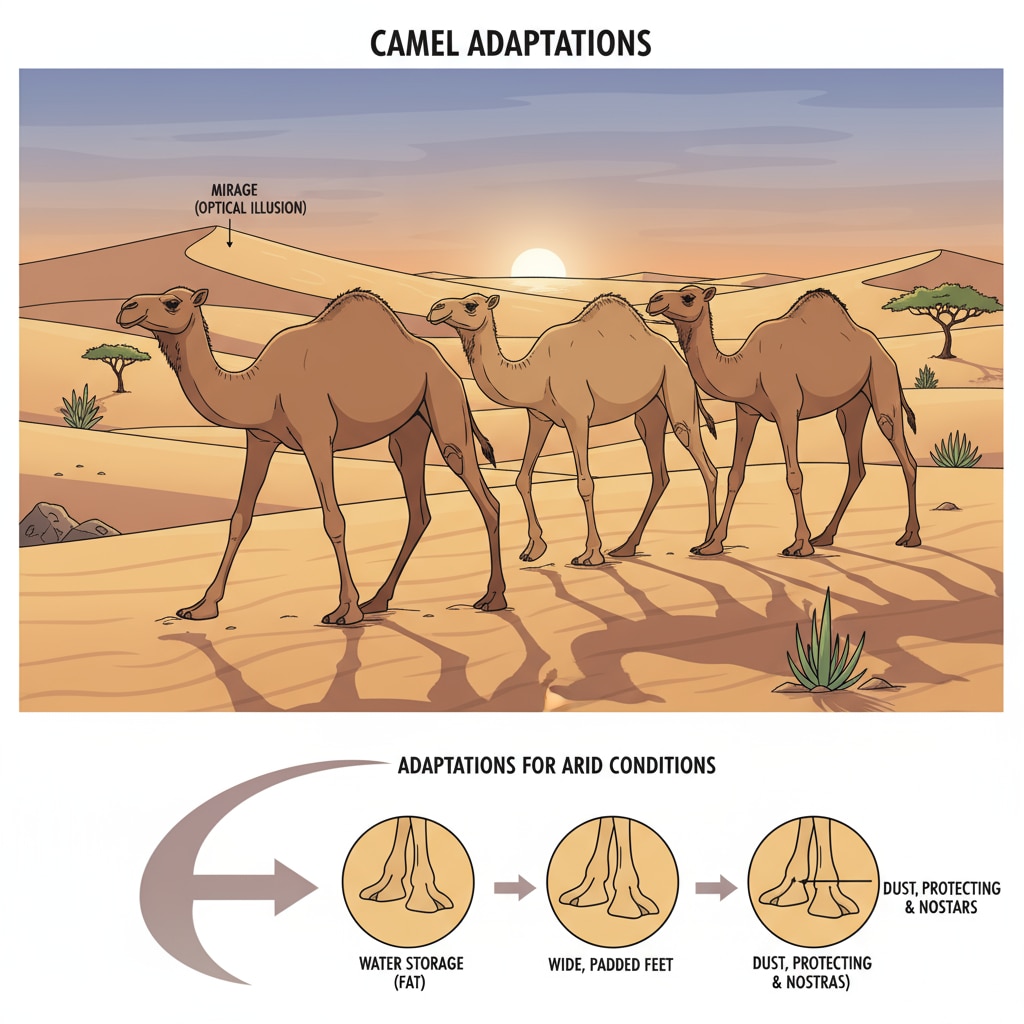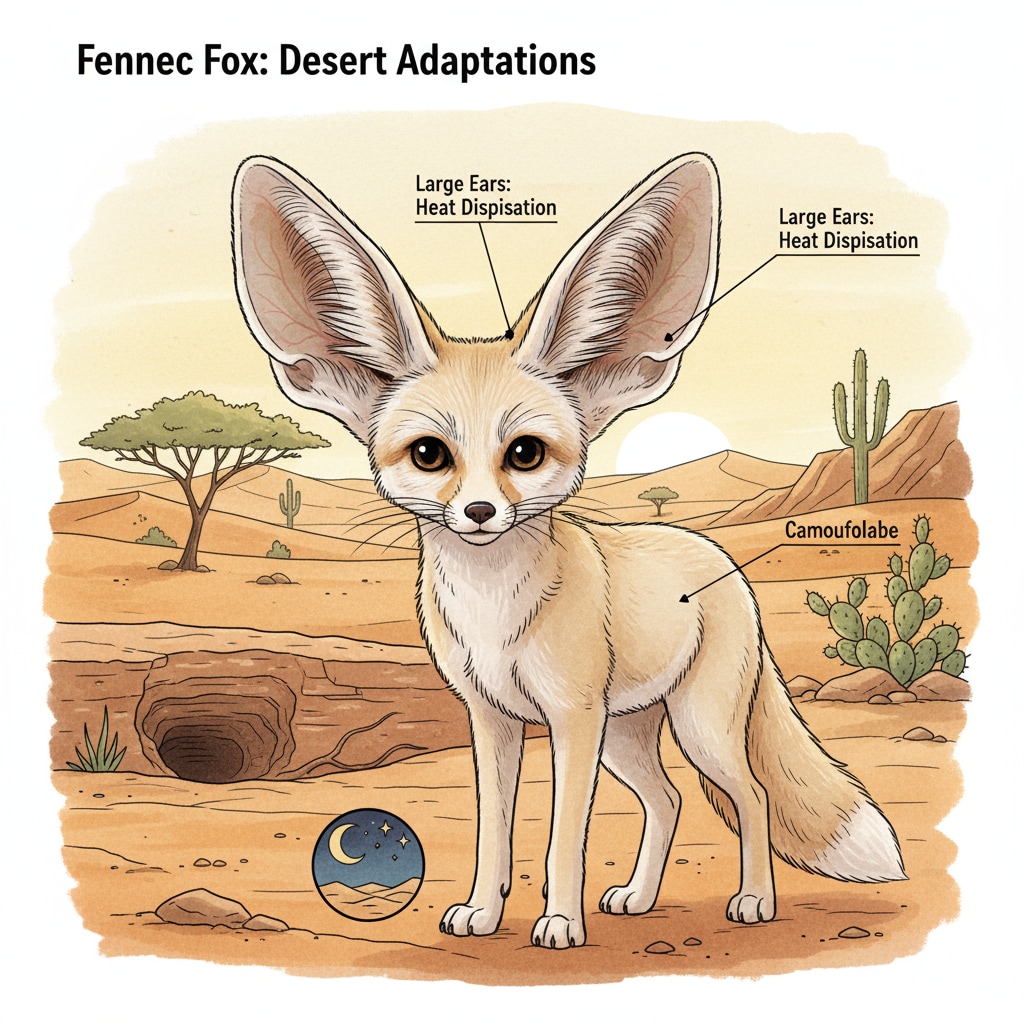Desert animals, with their remarkable evolutionary adaptations and survival mechanisms, offer a treasure trove of knowledge for K12 science education. These unique creatures have evolved over millions of years to thrive in one of the harshest environments on Earth – the desert.

For instance, camels are well-known desert dwellers. Their humps store fat, which can be broken down into water and energy during long periods without food or water. This adaptation allows them to survive in the water-scarce desert environment.
The Wonders of Desert Animal Adaptations
Desert animals have developed a variety of physical and behavioral adaptations. Some have specialized body structures. The fennec fox, for example, has large ears. Fennec fox on Wikipedia These ears not only help it hear prey underground but also dissipate heat, keeping the fox cool in the hot desert. Additionally, many desert animals are nocturnal. They come out at night when the temperature is lower, reducing water loss through evaporation.

Survival Mechanisms in the Arid Landscape
Survival in the desert also depends on efficient water conservation. Kangaroo rats, for example, have highly efficient kidneys that can produce extremely concentrated urine, minimizing water loss. Kangaroo rat on Britannica They also obtain most of their water from the food they eat. Another survival strategy is burrowing. Many desert animals dig burrows where the temperature is more stable and humidity is higher, providing a refuge from the harsh surface conditions.
These adaptations and survival mechanisms of desert animals can be effectively incorporated into K12 science classrooms. By studying these fascinating creatures, students can gain a deeper understanding of biological concepts such as evolution, adaptation, and the relationship between organisms and their environment. Moreover, it can spark their interest in environmental science and inspire them to protect these unique desert ecosystems.
Readability guidance: In this article, we’ve presented the information in short paragraphs and used examples to illustrate key points. The fennec fox and kangaroo rat are examples that help us understand the adaptations and survival mechanisms. We’ve also used external links to reliable sources like Wikipedia and Britannica to enhance the credibility of the content. By integrating these real-life examples, we aim to make the complex concepts of desert animal adaptations more accessible to K12 students.


